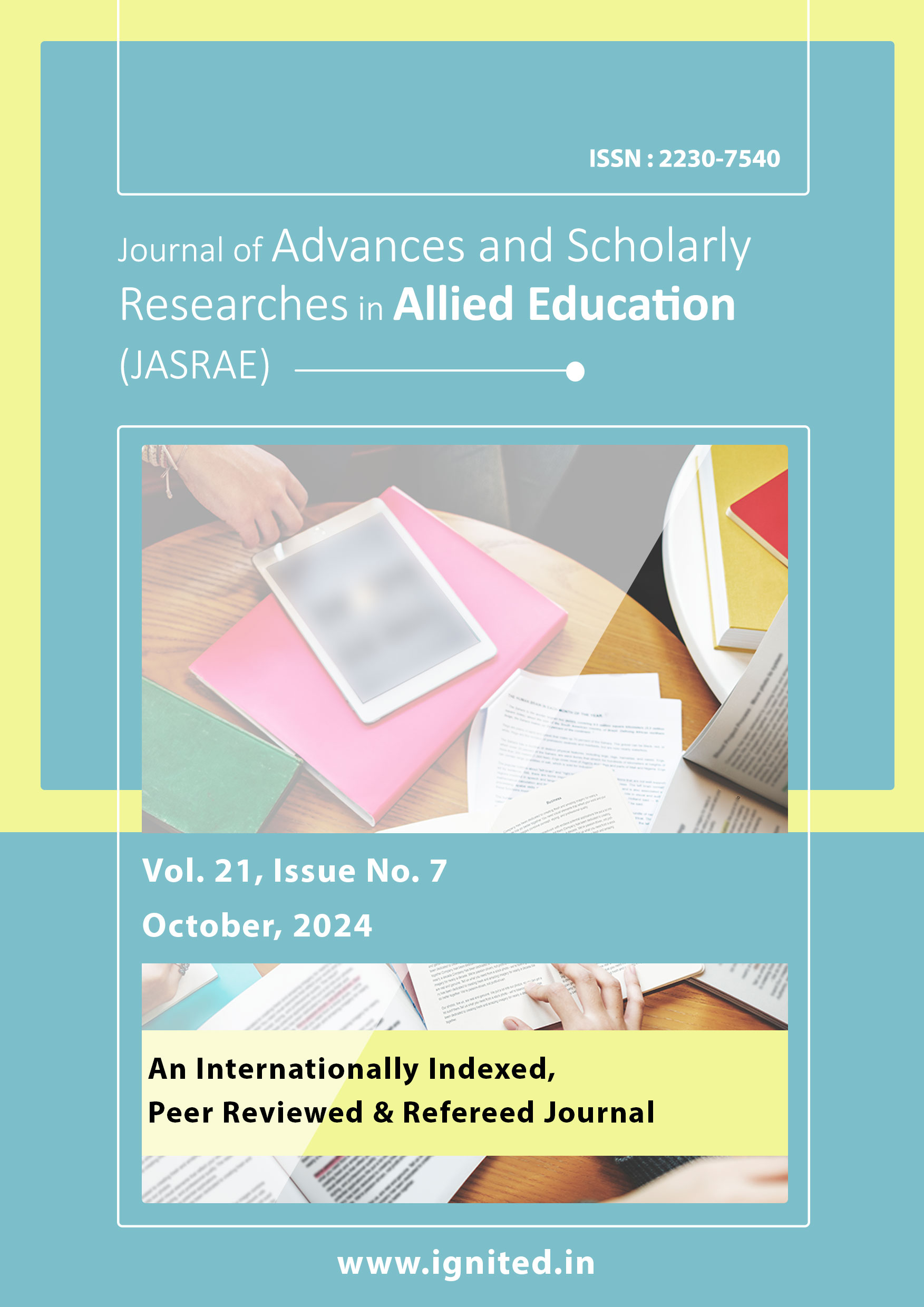Role of Water Resource Management in Achieving Sustainable Agriculture in Arid and Semi-Arid Zones
DOI:
https://doi.org/10.29070/yccv0b86Keywords:
Water Resource Management, Arid and Semi-Arid Zones, Agriculture, SustainableAbstract
Planned management of natural resources with the goal of maximizing their usefulness, efficient use in their original application, reuse, and recycling is known as resource conservation. The goal is to reduce energy consumption and waste at every step, starting with manufacturing and continuing all the way to disposal. Reduce your environmental footprint with the help of a resource conservation system that makes smart use of Earth's natural resources. In dry regions, variability in soil, temperature, and socioeconomic elements is significant, making each place unique; hence, the appropriate selection of technology tailored to individual locales is essential. In order to achieve this goal, there has to be a more effective management of natural resources in order to reduce the environmental impact of the goods throughout their entire lifecycle, from sourcing of raw materials to final disposal. Predominantly agricultural systems can only achieve agricultural development that is ecologically sustainable if they guarantee in protecting, improving, and overseeing their water and land resources while simultaneously improving farmers' productivity, profitability, and prosperity.
References
Das, Subha jyoti. (2019). Water Management in Arid and Semiarid Areas of India. 10.1007/978-981-13-1771-2_2.
Huo, Zailin & Dai, Xiaoqin & Ma, Suying & Xu, Xu & Huang, Guanhua. (2022). Impact of agricultural water-saving practices on regional evapotranspiration: The role of groundwater in sustainable agriculture in arid and semi-arid areas. Agricultural and Forest Meteorology. 263. 156-168. 10.1016/j.agrformet.2018.08.013.
Samanta, Dinabandhu & Shit, Soumen. (2024). Sustainable Strategies for Water Management in Agriculture.
Kinzelbach, Wolfgang & Brunner, Philip & von Boetticher, Albrecht & Kgotlhang, Lesego & Milzow, Christian. (2010). Sustainable water management in arid and semi-arid regions. Groundwater Modelling in Arid and Semi-Arid Areas. 119-130. 10.1017/CBO9780511760280.009.
Jiang, Kaiyue. (2024). Sustainable management of water resources in arid areas. Applied and Computational Engineering. 63. 172-175. 10.54254/2755-2721/63/20241016.
Zhang, Qiuxia, and Fang Wang. “Research Progress on Ecological Impact Assessment about Water Cycle Change.” (2014).
Xiaoshan, Fan, and He Ping. “Research Progress, Existing Problems and Fature Direction on River Ecosystem Service.” Advances in earth science 33.8 (2018): 852.
Djuwansyah, M. R. “Environmental sustainability control by water resources carrying capacity concept: Application significance in Indonesia.” IOP Conference Series: Earth and Environmental Science. Vol. 118. No. 1. IOP Publishing, 2018.
Mingjiang, Deng, and Shi Quan. “Management and regulation pattern of water resource in inland arid regions.” Advances in Earth Science 29.9 (2014): 1046.
Karimidastenaei, Zahra, et al. “Unconventional water resources: Global opportunities and challenges.” Science of the Total Environment 827 (2022): 154429.
Qian, Y. U., Y. A. N. G. Jin-jiuan, and S. H. I. De-wen. “Virtual Water Strategy-A New Idea to Solve the Problem of Water Shortage in Arid Zone.” Xinjiang Agricultural Sciences 46.1 (2009): 184.
Liangkan, C. H. E. N., and C. H. E. N. Shaohui. “Analysis of Spatiotemporal Pattern and Drivers of Virtual Crops Water Trade Along the Belt and Road.” Advances in Earth Science 36.4 (2021): 399.











